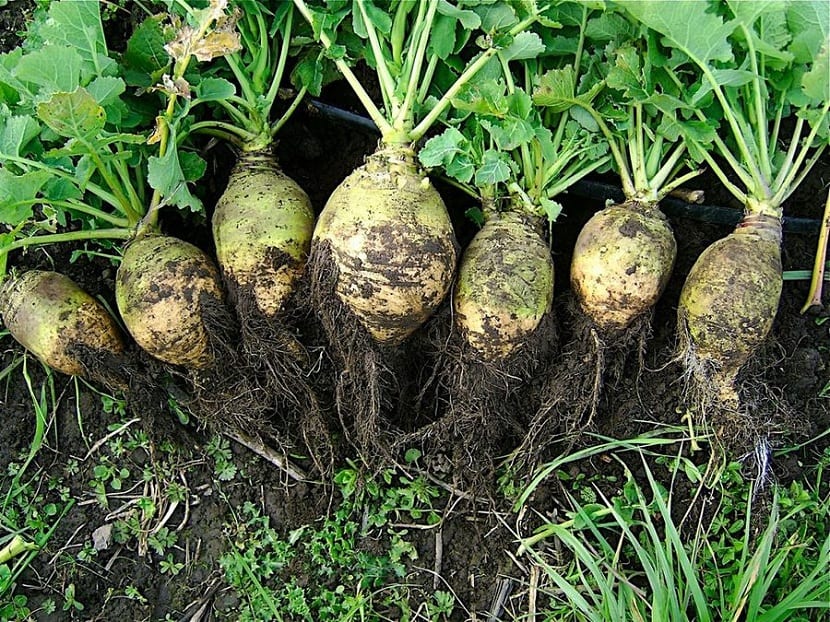
You may have ever heard of or seen the nabicol. It is known as kohlrabi and it is a hybrid cruciferous tuber between turnip and cabbage (hence its name). In the kitchen both the root and the leaves are used to be consumed as if it were another vegetable such as spinach or chard. The meat of the tuber can be prepared as if it were a potato.
The nabicol has great beneficial properties for health and we are going to see them all in this post. In addition, you can learn how to grow it in your home garden. Do you want to learn more about nabicol? Keep reading 🙂
Key features
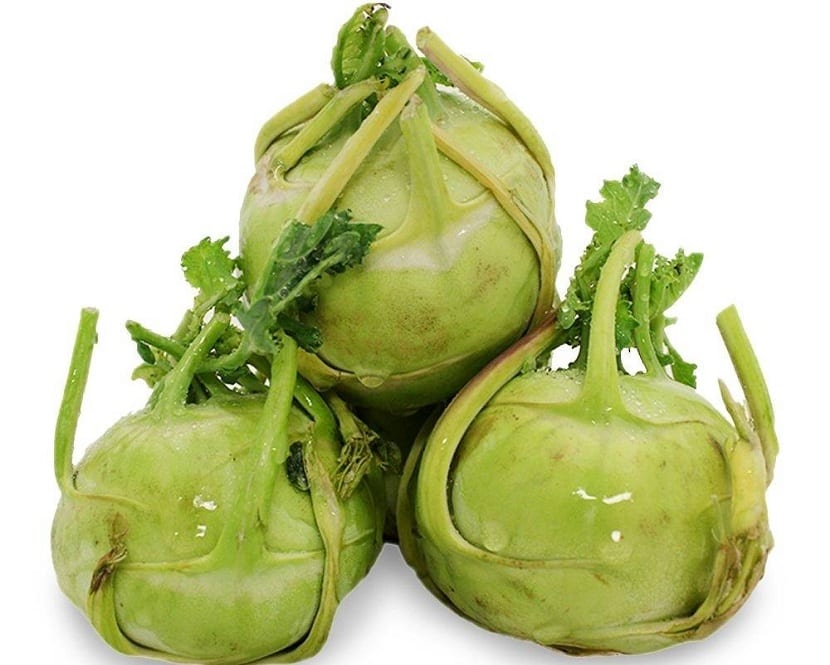
Thanks to the unique flavor that kohlrabi has, it helps us to prepare a wide variety of dishes. There are already many cultures that have added this tuber to their staple foods to make tremendous delicacies. It is considered a healthy alternative to potatoes. This is due to its low carbohydrate content and its great contribution of minerals, vitamins and organic compounds that are beneficial.
They are an important source of vegetable oil, since their seed is used in the manufacture of lubricants, varnishes, lacquers, fats, soaps, resins, nylon, repellent for insects, plastics and even pharmaceutical products.
When it comes to human consumption, kohlrabi with yellow flesh are used. This is because they taste slightly bitter and taste better. It is normal to confuse a nabicol with a common turnip. The differences can be observed in the size. Rutabagas are larger, have a white and a purple part, and the taste after cooking is sweet. Turnips are white, with a purple-red top and a spicy flavor.
Nutritional properties
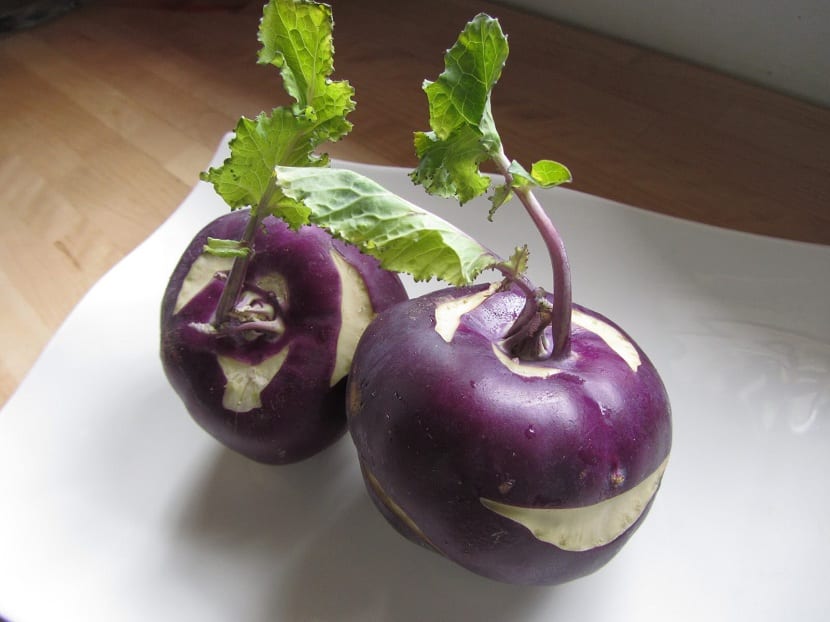
All the vegetables that belong to the cruciferous family are high in antioxidants and anticancer agents. The nutrient for which nabicol stands out is vitamin C. Just one cup of this tuber contains 53% of the recommended daily value of this vitamin. We remember that vitamin C has great antioxidant properties, strengthens the immune system and protects cells against free radical damage.
It helps form collagen and the thyroid hormone thyroxine, stimulates wound healing, fights infection, and promotes healthy bones, teeth, gums, and blood vessels. Although it does not provide a large amount of iron, the extra contribution of vitamin C makes the iron we take better assimilate.
Nabicol is also rich in beta carotenes, potassium and manganese and are good sources of fiber, calcium, vitamin B6, magnesium and phosphorus.
Nabicol cultivation
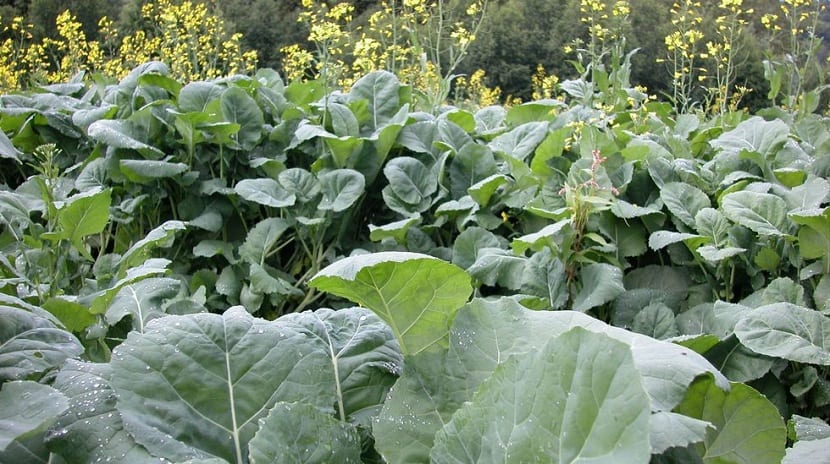
If we want to grow nabicol in our urban garden we must know a few things. It is important to have a well-tilled soil that favors good drainage to avoid waterlogging. They are crops that prefer soils rich in organic matter. It is recommended to add an enriched compost to the soil before planting and remove any lumps and rocks that are in the soil.
Kohlrabi sowing should be done after winter when the high temperatures of spring begin to arrive. If you prefer, you can also leave the sowing for the end of summer to harvest already in winter.
To plant them, we must make a hole half an inch deep. Between each kohlrabi, leave 4 to 6 inches of space so they don't compete for space or nutrients. The floor can never dry out. It should always be humid, but without becoming waterlogged.
As for the climate, if they are not grown in cool and temperate climates, they are usually smaller and bitter in taste. If the sowing goes well and the development is adequate, they will be ready to harvest after 60-90 days of growth.
Benefits of nabicol for health
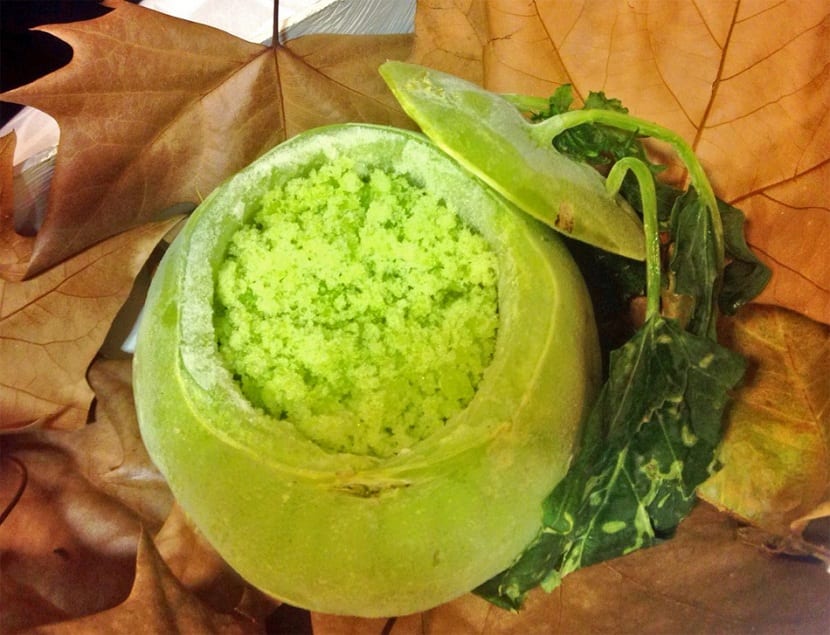
The consumption of kohlrabi has a good effect on health. We are going to analyze what they are:
- It is good for preventing cancer. This is due to its antioxidant properties. Rutabagas have a component called glucosinolates. These are sulfur compounds and they have been shown to have a reducing effect on the growth of cancer, especially those of the lung and digestive tract.
- It is good for controlling diabetes and losing weight. They are tubers that, having low carbohydrate content, can be used as an alternative to the classic potatoes. It is an excellent option for all those people with diabetes and who want to lose weight.
- They promote metabolism. They are one of the best options for vegetarians. Most of them have difficulty obtaining certain compounds in the diet. Amino acids and proteins are basic components in the development, growth and duration of cells. It can also improve muscle contraction and other bodily processes.
- Improves digestion. Like other vegetables in the cruciferous family, kohlrabi are rich in fiber. This greatly helps with digestion.
- Promotes bone health by containing some minerals such as zinc, magnesium, calcium and phosphorus.
- Improves cardiovascular health. It is rich in potassium and this leads to an improvement in the functioning of all cells and tissues of the human body. Potassium is necessary for our heart to function perfectly.
- As we have mentioned before, helps improve the immune system thanks to its vitamin C content.
- Improves mood. Vitamin B6 acts on the production of hormones in the brain. It is thanks to her that the happiness hormone is produced much more easily, improving mood. This is shown by different studies.
How to consume
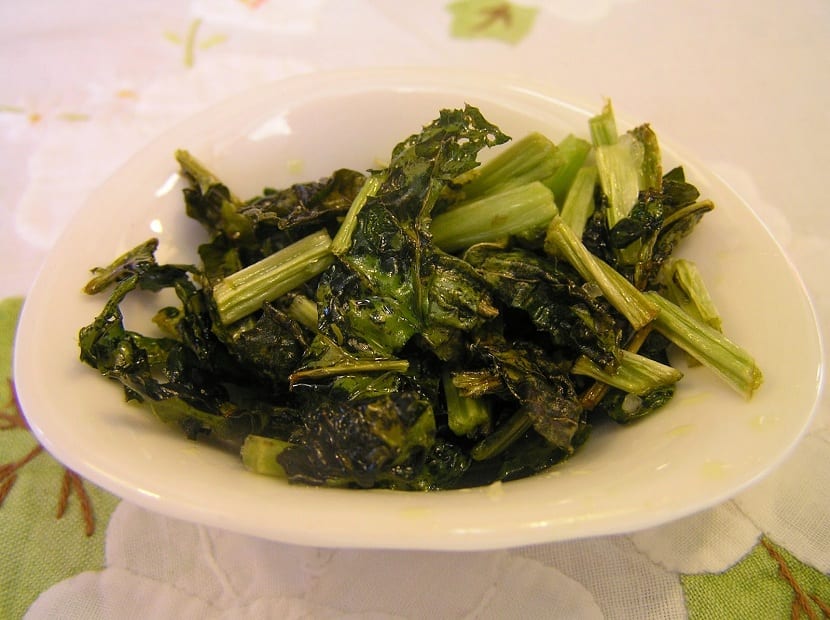
Nabicol can be eaten both raw and cooked. With it you can prepare rich purees, baked, roasted and even eaten in soups and stews. If you prefer to eat raw, just cut it into thin julienne strips and serve as a garnish or in a salad.
The leaves are also edible and can be prepared in a similar way to mustard greens, spinach or Swiss chard.
I hope that with this information you can learn more about this tuber.
I never thought that kohlrabi had so many properties, rightly in the Middle Ages people used to eat this tuber, especially the poor, as you can read in the novel The Pillars of the Earth.
You always learn something by reading.
Hi Amelia.
Yes, definitely. And you can learn a lot from plants and their history 🙂
Regards!